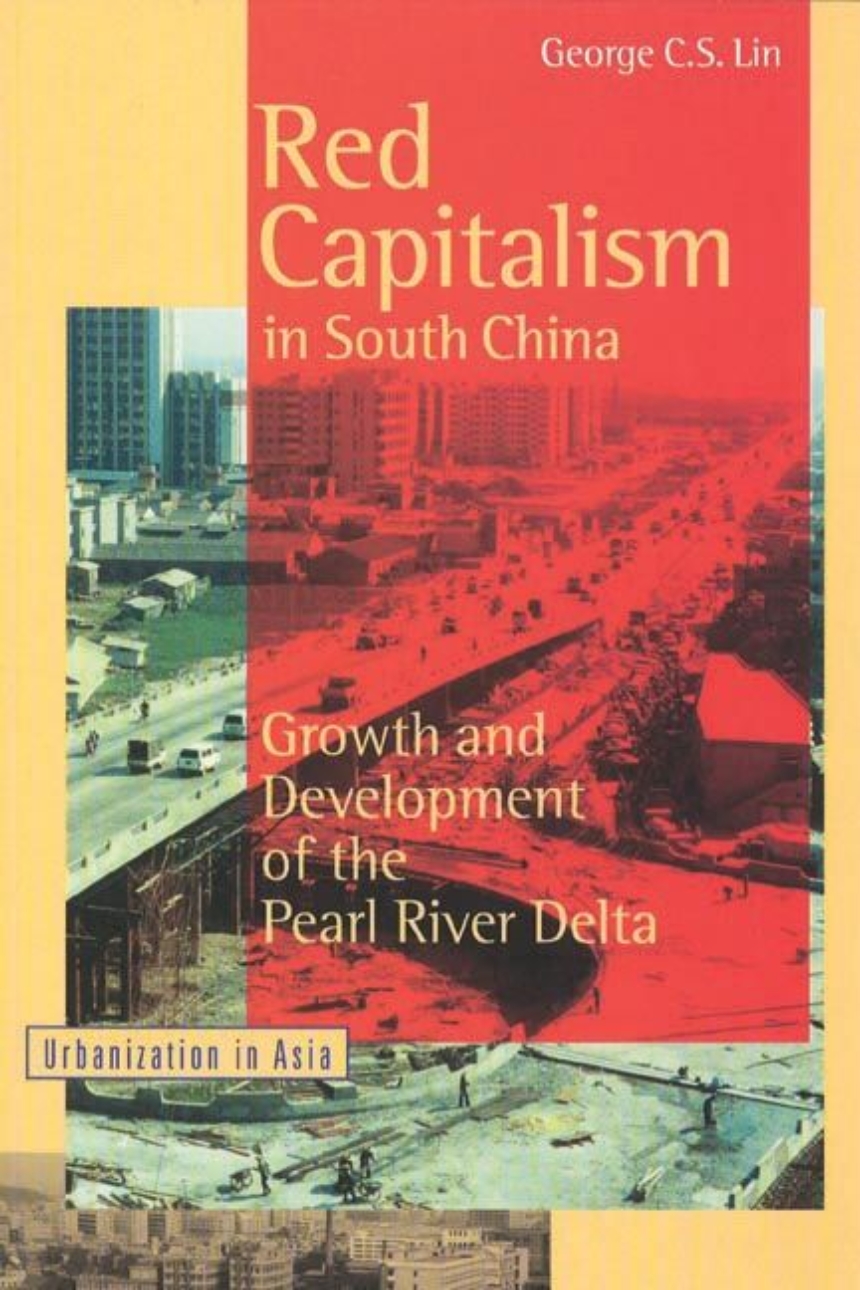University of British Columbia Press
Red Capitalism in South China
Growth and Development of the Pearl River Delta
9780774806176
9780774806169
Distributed for University of British Columbia Press
Red Capitalism in South China
Growth and Development of the Pearl River Delta
This book describes the dramatic economic and spatial transformation in China’s Pearl River Delta region over the past decade. Reforms introduced by the Chinese government since 1978 were the cause of this transformation. The Pearl River Delta has had the highest recorded rate of economic growth in East Asia and has done so through a pattern of development which differed significantly from that found in other regions of fast growth. George Lin reviews the processes by which this remarkable transformation was achieved and discusses the implications of such change. Red Capitalism in South China looks at theories of regional development and the patterns of spatial and economic restructuring in the Delta, and provides three case studies which focus on the transformation of the peasant economy, transport development, and the influence of Hong Kong.
Table of Contents
Part 1: Overview and Introduction
1. Introduction
Part 2: National Context
2. The Operating System of Spatial Transformation
3. Maoist Plan-Ideological Space
4. Post-Mao Market-Regulatory Space
Part 3: Development of the Pearl River Delta
5. Economic and Spatial Transformation
6. Rural Industrialization
7. Transport Development
8. Influence of Hong Kong
Part 4: Conclusion and Discussion
9. Summary and Prospects
References
Index

